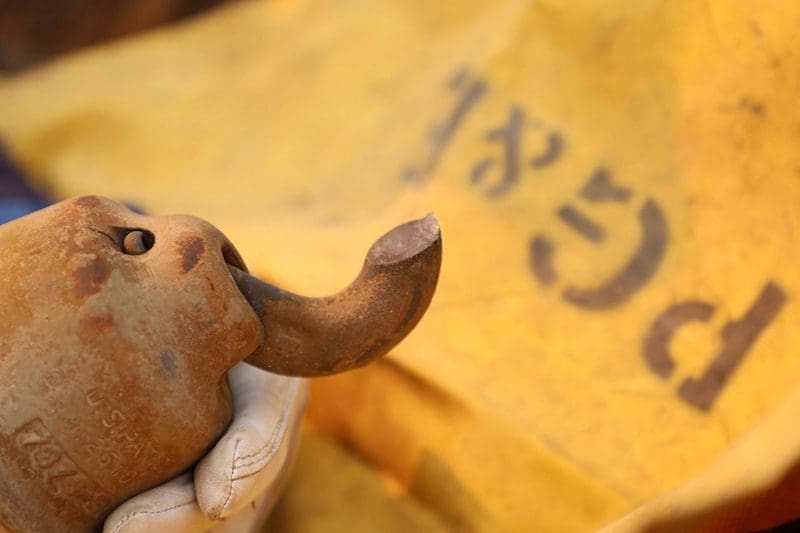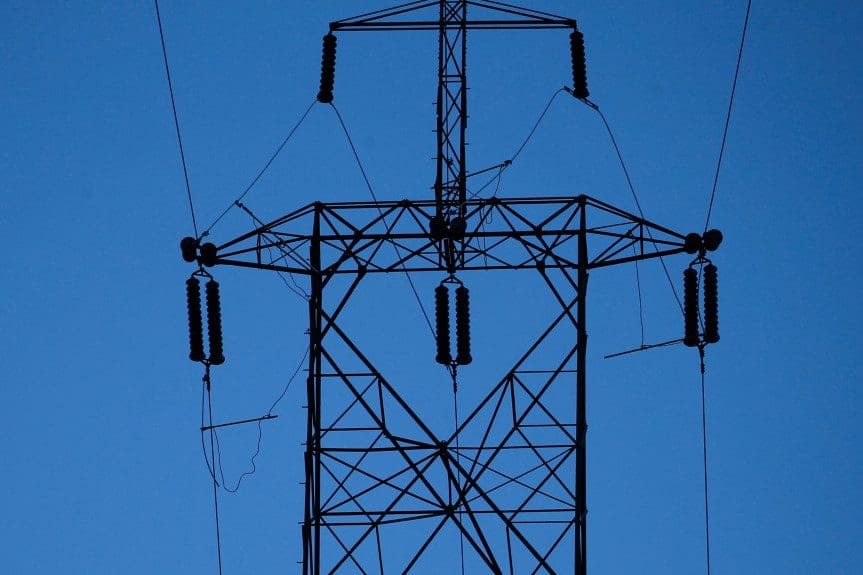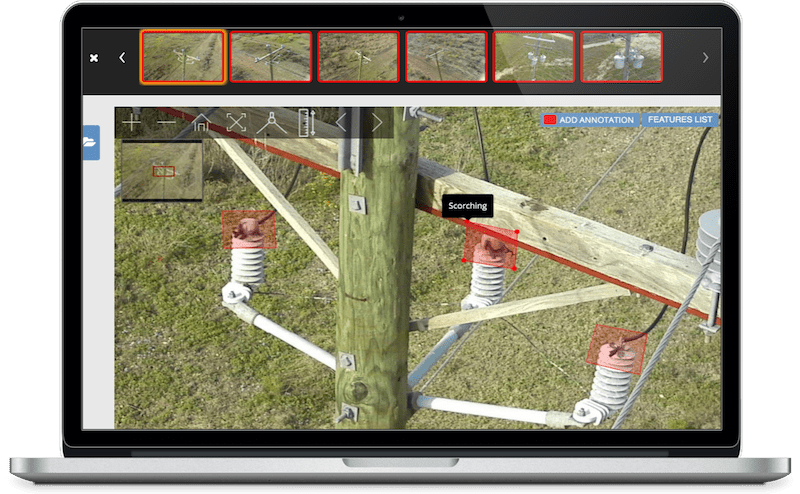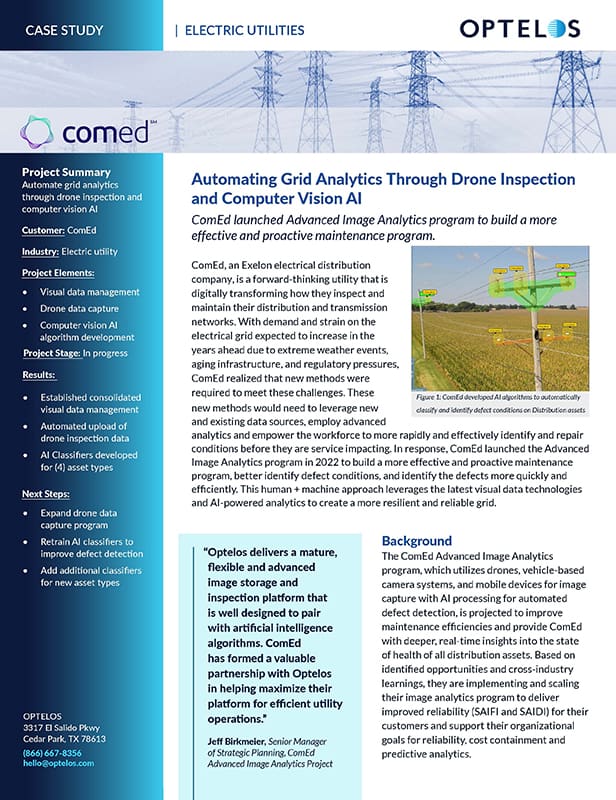Powerline Drone Inspection: Reducing risks to communities and employees
The time for broad adoption of powerline drone inspection technology has come. On November 8, 2018, around 6:30 am, with the winds whipping, an aged and rusted hook broke on the Caribou-Palermo line, sparking a fire that would eventually last 17 days, consume 153,000 acres, and kill 85 people. The fire at its peak was moving at a rate of 60 football fields per minute. After review, it was determined that the tower where the fire started was not easily accessible, with the nearest inspected tower almost 7 miles away. Putting 5,000 first responders at risk could have been avoided with modern visual inspection tools. The drone power line inspection technology available today to inspect, analyze, and remediate the equipment and vegetation could have mitigated, if not outright prevented, a catastrophe.

The U.S. electricity system is a critical infrastructure that supports human well-being, economic growth, and national security. Comprised of four core components ̶ generation, transmission, distribution, and end use, the electricity system has multiple vulnerabilities to both natural and human risks. According to a 2016 report produced by The Department of Energy, “Resilience of the U.S. Electricity System”, the U.S. electricity system is among the most robust and resilient in the world.

Nevertheless, a number of threat scenarios continue to pose risk management challenges. Adequately anticipating and responding to high impact, low frequency (HILF) risks is inherently difficult because they are, by definition, both rare and significant in scale. At the heart of these challenges is digital transformation in the inspection process.
Inspection of assets for financial, maintenance, environmental and regulatory purposes has traditionally been completed by humans using their own vision, reasoning and past experience. Oftentimes, the inspection of crucial components is not possible due to terrain or other obstructions, resulting in either the asset not being adequately inspected or placing the human conducting the inspection at physical risk. The inability to locate and repair aging infrastructure, or removing fire fuel, such as vegetation overgrowth, can put lives at risk. The historical inspection processes can be tedious and prone to human error.
You have a brain and mind of your own, use it, and reach your own decisions.
Globally, there is a movement to transform the Asset Inspection process allowing the humans responsible for the outcomes to use their creativity, critical thinking and judgement to solve problems and spend less time and energy reviewing the inspection data. The objective is to meet that challenge and provide the companies responsible for the inspections with solutions that allow them to focus on the issues and resolution, versus the human need to review all of the content.

With the growth of new technologies such as IoT sensors, commercial autonomous drones combined with computer vision AI, robotics and cameras that can detect vegetation, heat and gas, the people responsible for powerline inspections now have available the right tools to increase the speed and quality of the inspection process, while making it safer for both the inspectors, and the communities that could be at risk.
Curiosity and the urge to solve problems are the emotional hallmarks of our species
The tools for powerline drone inspection to enable this digital transformation of asset inspection are available today, with more being developed. It’s time for the companies building and managing the electricity grids globally to step up and adopt the use of these new tools, while transforming the work the humans perform today, giving them the resources to do their jobs safely and accurately. The tools digital transformation provides to these companies will not immediately remove the need for the human ingenuity, experience and insight in the inspection process, but it will make their jobs more manageable. These tools will provide the complimentary and supplementary tools needed to perform these inspections, making all of us safer as a result.
Contact Us To Learn More
Case Study
“Automating Grid Analytics Through Drone Inspection and Computer Vision AI”
Read about the partnership between Optelos and ComEd
